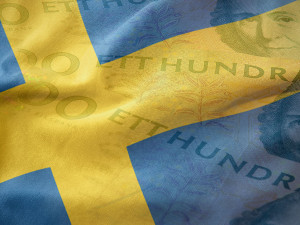
In the ever-changing world of currency, shifting power and digital innovations are transforming finance. Emerging currencies are rapidly gaining prominence, providing a challenge to the traditional powers of the US Dollar and Euro. In 2025, the expansion of global trade and the rise of new markets have presented fertile ground for previously overlooked currencies to become key players in shaping the future of the global economy.
Economic demand in the emerging markets of China, India and Brazil, for example, is boosting demand for their currencies, particularly in the technology, manufacturing and agriculture sectors. Moreover, the lower labour cost, resource-rich environments and growing consumer markets are attracting foreign investment. The changes in the geopolitical environment with shifts in global alliances and trade relationships are reducing the reliance on established currencies, with emerging currencies often used to mitigate the risk of political instability and sanctions. Furthermore, innovation in Fintech and payment technologies have increased financial inclusion in emerging markets, allowing participation in the global economy. Experimentation in central bank digital currencies (CBDCs) may further increase the relevance of emerging currencies in global finance.
Factors that lead to a ‘popular’ currency
There are many reasons why a currency becomes ‘popular’, through a combination of the following factors:
Global Demand
If a country begins exporting more goods and services, foreign buyers need to transact in the country’s currency to complete orders. This is further supported by trade agreements, where strong trade agreements can increase the volume of transactions completed in agreed currencies. Foreign Direct Investment (FDI) also needs to be completed in a country’s own currency – the establishment of factories, businesses or infrastructure projects in a country indirectly boosts the demand for the local currency. Demand is also often spiked in countries with rich natural resources, such as oil-exporting nations like Russia and Saudi Arabia. This is evidenced in currencies such as the Canadian or Australian dollar, whose value is often closely tied to the prices of the commodities they export.
Economic Stability
Central banks have direct control of money supply, interest rates and other forms of monetary policy, directly affecting ‘trust’ in a currency. For example, the US Federal Reserve and European Central Bank are trusted entities due to low inflation and perceived sound monetary policies, which leads them to have stronger and more stable currencies. The attractiveness of a currency is often linked to a country’s GDP growth, which signals a robust economy. This is often accompanied by rising productivity and job creation, further strengthening investor confidence in an economy, due to predictions for higher returns for investors. Political stability is also crucial for trust in a currency, as stable governments, transparent institutions and predictable policy is a likely indicator of strong and popular currencies. Switzerland’s long-standing reputation for political neutrality makes the Swiss franc a highly regarded “safe-haven” currency.
Foreign Exchange Market
Forex trading has influenced the rise of emerging currencies in several different ways. Increased liquidity and accessibility has allowed them to garner attention, facilitating ease of trading in an expanded offering of currency pairs, therefore becoming more attractive to investors and traders. Emerging currencies are often the target of speculative trading, due to their increased volatility, offering profitable opportunities for traders in the fluctuations. Recently, a trend towards diversification has arisen among Forex traders and investors, seeking to expand beyond the major currencies, into growth opportunities within emerging economies. Moreover, technical advancements in Forex trading have made it even easier for retail traders to access emerging market currencies. Once reserved for institutional investors, retail traders now have access to a wider range of currency pairs, armed with more advanced trading tools such as algorithmic trading and high-frequency trading.
Innovation and Technology
The expansion of Fintech into emerging markets has made financial services available to a broader population. In emerging markets of developing countries, where much of the population are unbanked, fintech provides a platform to drive use of the local currency by providing easier ways to transact. On a further level, cryptocurrencies further increase demand for local currencies through the increased popularity of stablecoins, cryptocurrencies that are pegged to stable assets such as national currencies. Moreover, early adopters of innovative technology such as cryptocurrency and blockchain can become hubs for digital trade and finance – a more dynamic financial environment supported by a government accepting of cryptocurrency adoption can drive global businesses and investors to engage with these technologies, and therefore use local currencies. Overall, the adoption of cryptocurrency indirectly leads to greater financial literacy and inclusion, driving engagement with both digital and traditional financial systems.
Top 5 Most Popular Emerging Currencies
The following five currencies are gaining significant attention with their growing economic influence, trade activity and investment potential. They represent large, resource-rich economies and rapidly expanding markets.

1. Chinese Yuan (CNY)
The most prominent emerging currency, thanks to China’s position as the world’s second-largest economy. The Yuan is becoming increasingly popular due to China’s domination of global manufacturing, trade, and investment. Since its inclusion in the IMF’s Special Drawing Rights basket, the Yuan has been bolstered in global standing.
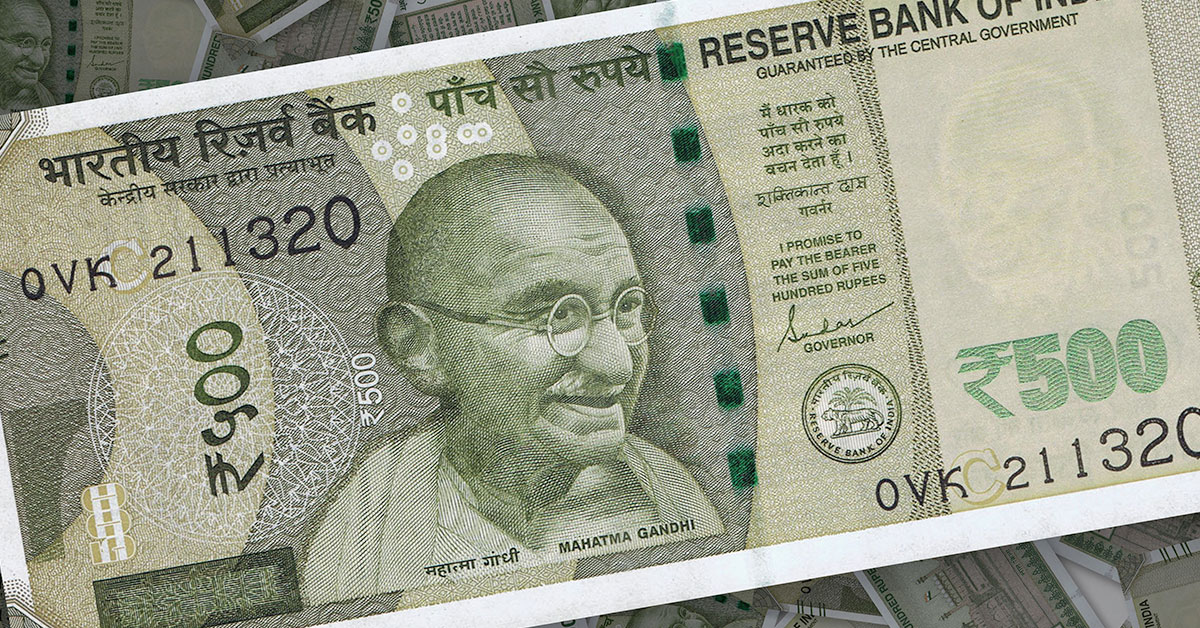
2. Indian Rupee (INR)
Driven by India’s large population, growth of the rupee has been a result of a booming tech sector and an increasing middle class. Furthermore, India’s efforts to digitise its economy through an adoption of fintech has made the rupee more accessible throughout the global financial system.
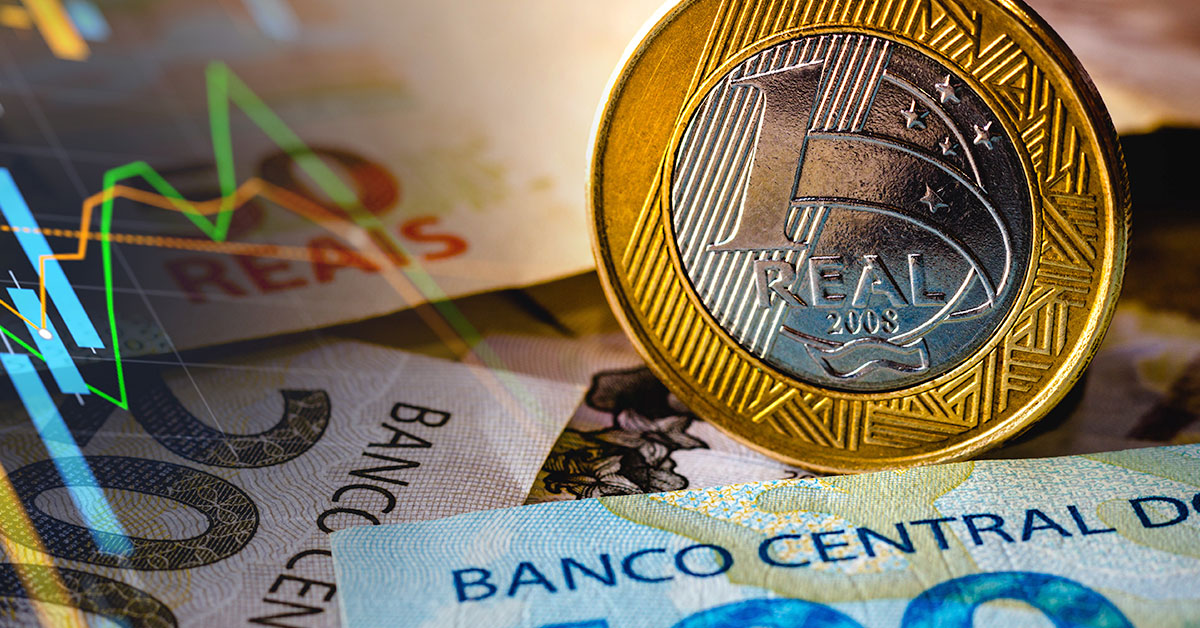
3. Brazilian Real (BRL)
The Brazilian real is important within Latin America, mainly backed by Brazil’s exports of soybeans, iron ore, and oil. This dependence on commodities makes the real particularly sensitive to price fluctuations in these commodities, but also drives strong international demand. Partnership to other countries, particularly through the BRICS initiative, has increased the visibility and profile of the real throughout the globe.
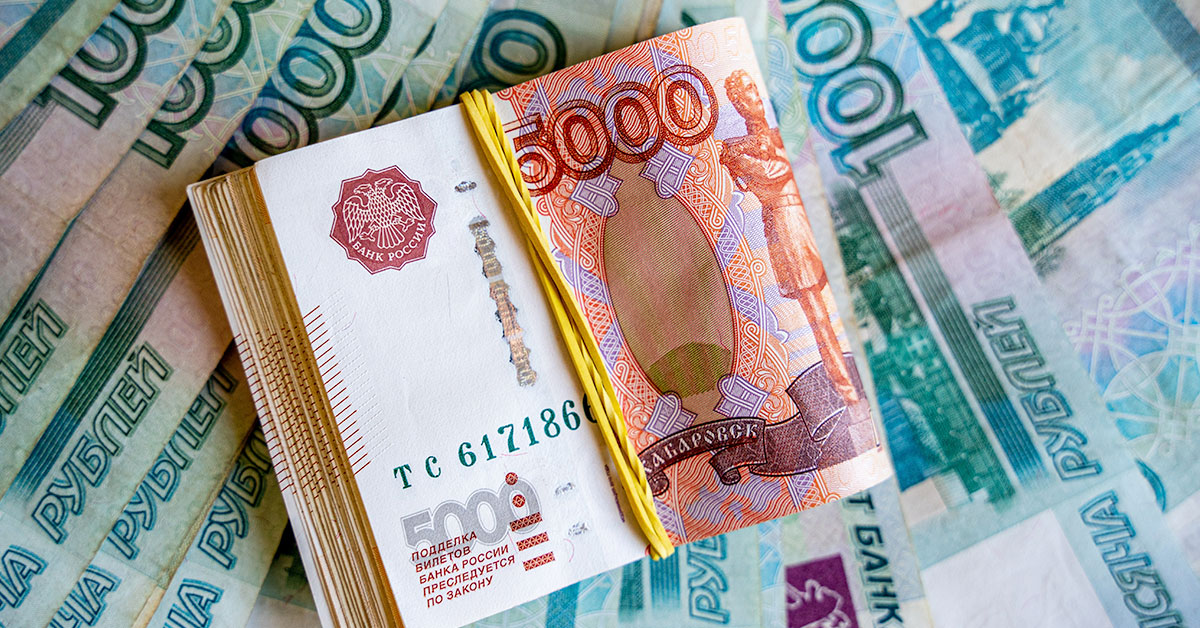
4. Russian Ruble (RUB)
Also reliant on commodity prices, the ruble has faced geopolitical challenges in the form of sanctions, yet still remains highly prominent due to currency-strengthening initiatives through partnerships with the likes of China, increasing their non-dollar-based trading. It has remained relevant in global forex markets due to its growing use in energy transactions.
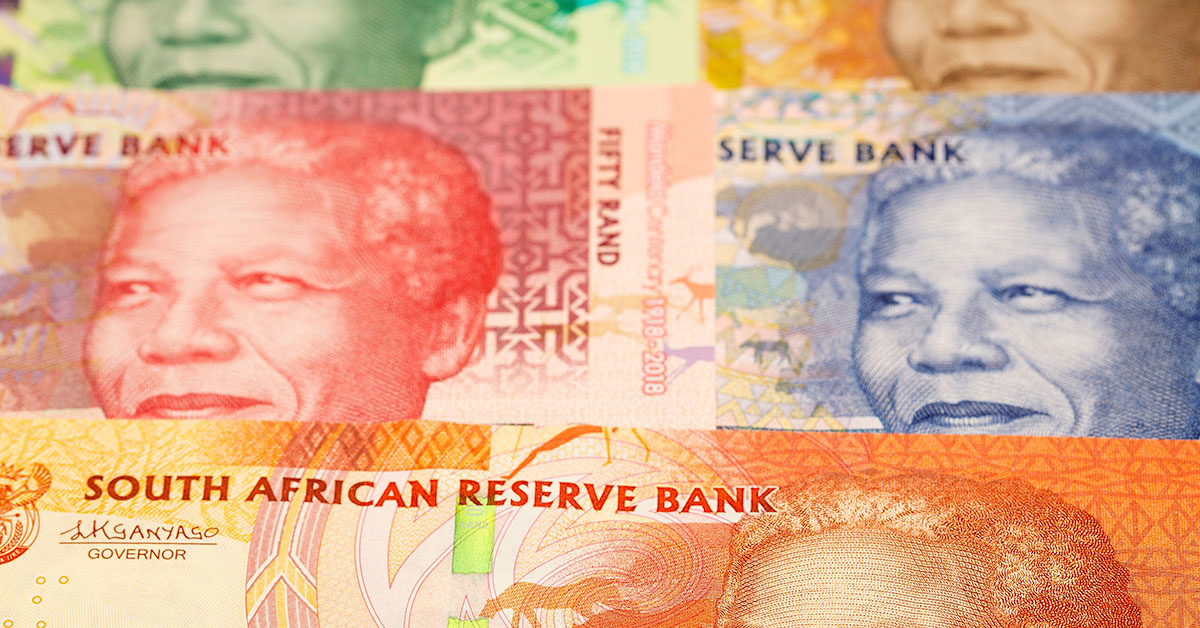
5. South African Rand (ZAR)
The South African rand plays a significant role within the African continent, particularly driven by the country’s exports of minerals and precious metals. South Africa’s mining sector remains a critical backbone of the economy, which impacts the rand’s movements on the global stage.
The South African rand is a rapidly growing currency that has established itself as the most traded currency in Africa. South Africa is the continent’s most industrialised, with strength in the mining and precious metals sectors. The rand has deep liquidity in forex markets, acting as a ‘gateway to Africa’ for international businesses looking to operate in the region.
Conclusion
Each of these five currencies are increasing their global prominence on the back of their countries’ economic growth, innovations, partnerships and geopolitical relevance. With increasing roles in international trade and forex markets, these currencies are ones to watch in 2025, as they continue to shape trends in global finance.
For more currency news and insight into the world of currency, make sure to stay up to date with our Expert Analysis, as well as our Market Commentary.
Caleb Hinton
Caleb is a writer specialising in financial copy. He has a background in copywriting, banking, digital wallets, and SEO – and enjoys writing in his spare time too, as well as language learning, chess and investing.



